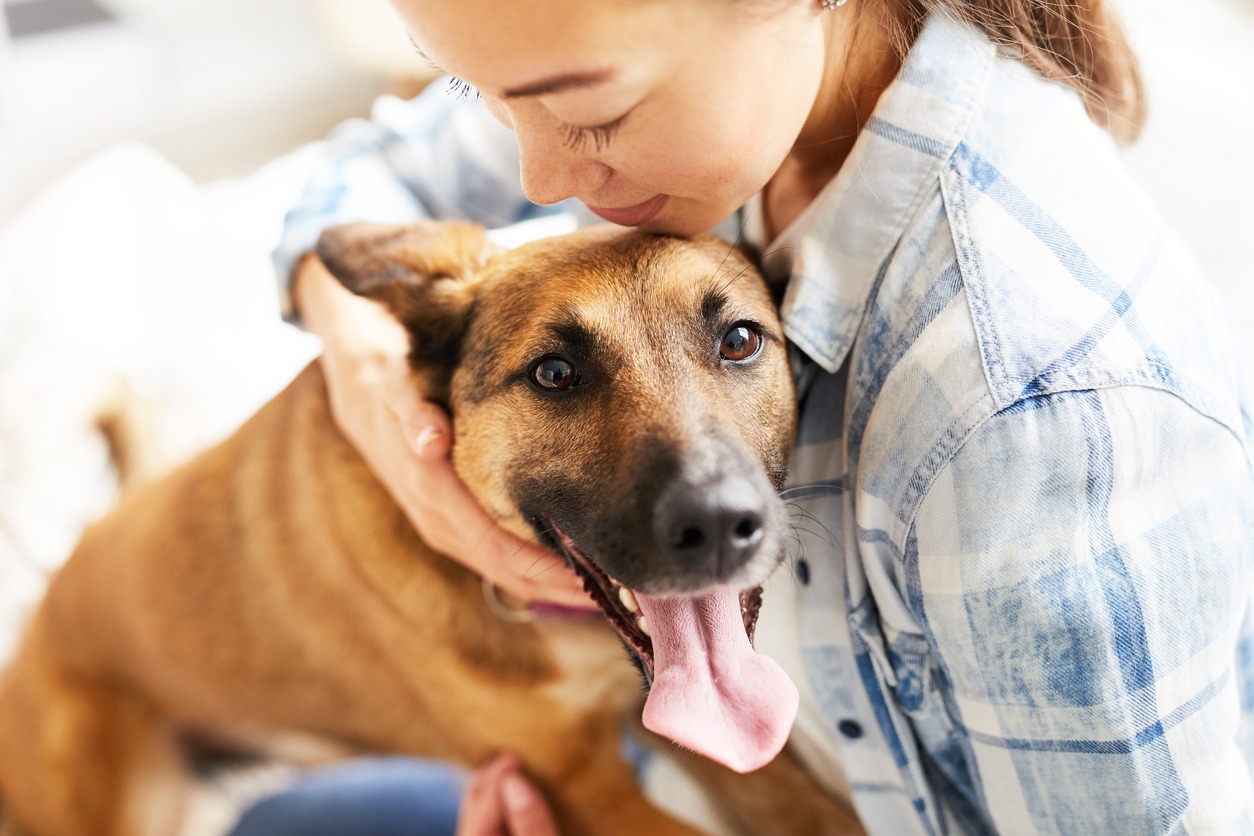Dog Wound Care
As a dog owner, you need to understand that injuries and accidents can happen to our furry friends anytime, anywhere, and taking care of a dog’s wound can be a tremendous experience. While it’s always best to seek veterinary help, there are a few steps you can take at home to prevent infection and speed up recovery.
The first step in caring for a dog wound is to assess the severity of the injury. If your dog is bleeding heavily, has a deep cut, or appears to be in excruciating pain, it is imperative to contact your veterinarian immediately. Minor wounds, on the other hand, can often be treated at home with basic first aid.
The first step in treating a minor wound is cleaning the affected area. Start by gently washing your dog’s wound with warm water and mild soap. Avoid using hydrogen peroxide, alcohol, or any harsh chemicals as these can damage healthy skin tissue and slow down the healing process. If there is debris or foreign objects in the wound, remove them with tweezers sterilized with alcohol. If you’re unsure or uncomfortable doing this, it’s best to check with your veterinarian.
After cleaning, use a clean cloth or gauze to put some pressure on the wound to stop active bleeding. If the bleeding continues, apply additional pressure until it stops. If your dog has long hair around the wound, you may want to consider trimming it to prevent further infection.
Now that the wound is clean and dry, apply a veterinarian recommended antiseptic solution or ointment to the wound. These foods help prevent infection and promote healing. You can apply them by dabbing, spraying, or using a sterile wound dressing. Depending on the size and location of the wound, the dressing may need to be changed regularly.
Finally, monitor your dog’s wound healing process and watch for any signs of infection such as swelling, redness, pus or discharge, increased pain, fever, and general malaise. These symptoms are indicative of an infection and may require urgent veterinary attention.
In conclusion, when it comes to caring for your dog’s wound, it’s best to have a well-stocked first aid kit, sterile dressings, and veterinarian-approved antiseptic solution ready. However, if the wound looks serious, bleeds heavily, or causes discomfort, it is always best to seek immediate veterinary care. A quick reaction is the key to a speedy recovery for your furry friend.

